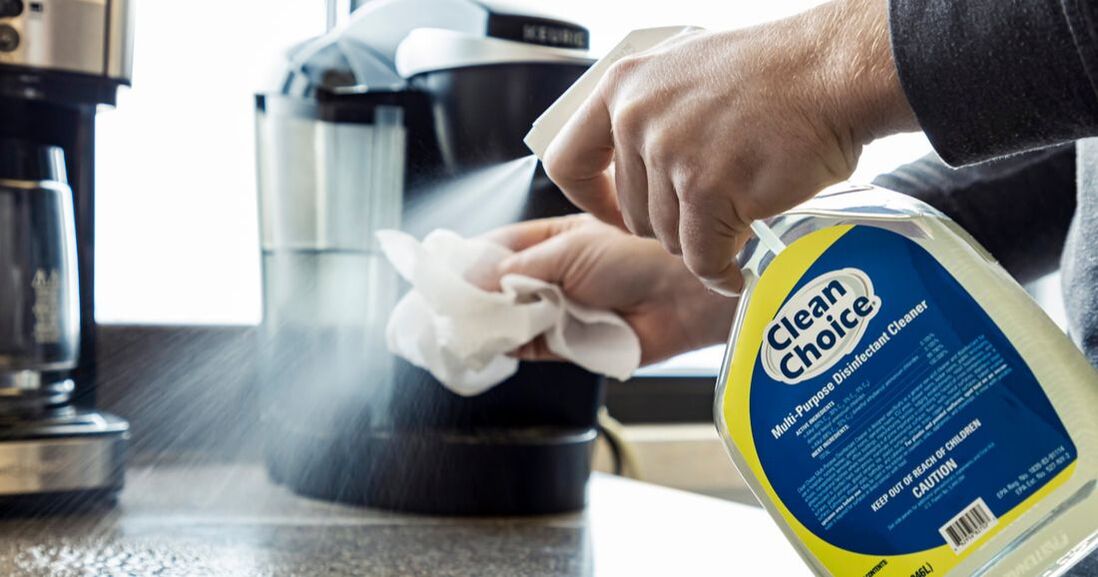Know the difference between cleaning, sanitizing, and disinfecting
Understanding each term can help you reduce germs on surfaces throughout your facility
Updated August 14, 2023
By Adam O'Laughlin | Janitorial & Sanitary Supplier Development Manager
By Adam O'Laughlin | Janitorial & Sanitary Supplier Development Manager
|
It’s safe to say that since 2020, we have seen a dramatic increase in the use of words like sanitizing and disinfecting. But what do they really mean?
For many people, spraying and wiping surfaces with a cleaning solution feels good enough. But if you really stop to think about it, to keep areas germ-free, we need to know the difference between the terms cleaning, sanitizing, and disinfecting. All three are different and each plays a role in protecting you. Cleaning The CDC defines cleaning as the removal of foreign material from an object. And Merriam-Webster’s has the definition as being “free from dirt or pollution.” So, let’s make a note here that neither mentions germs. No, when we talk about cleaning, we’re simply talking about removing dirt, debris, and grime from surfaces. Sanitizing According to the EPA, sanitizers can make antibacterial claims but not for other types of organisms, namely viruses. Sanitizers work to reduce a bacterial population, and do not destroy all bacteria on a surface. In short, sanitizers simply cut the amount of bacteria to a safe level. Also, most sanitizers don’t require a rinse step. Disinfecting The main difference between surface sanitizers and disinfectants is effectiveness. Both are regulated by the EPA and can reduce microorganisms on surfaces, but disinfectants are the most effective option. The EPA defines disinfectants as substances that destroy (or irreversibly inactivate) bacteria, fungi, and viruses. However, because they can leave harmful residues on surfaces, most disinfectants require you to rinse after use on food-contact surfaces. Understanding the differences between cleaning, sanitizing, and disinfecting can help you pick the right tool for the job. Takeaways
Vertical Divider
|
Like what you're seeing here? Subscribe to the Blue Print for FREE and get the magazine sent right to your address.
|


